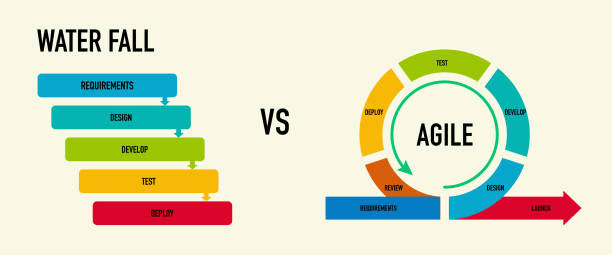
Uncategorized
Managing Client Expectations: How to Align Timelines with Deliverables
Managing client expectations presents a significant hurdle in the realm of project execution. Misaligned timelines and deliverables often lead to dissatisfaction, jeopardizing relationships and future opportunities. Establishing clear communication and defining key deliverables at the project s onset provides a pathway to success. By fostering transparency and engaging clients in the planning process, project managers can [ ]
Oct 19, 2024
pinromadmin

Uncategorized
Strategies for Prioritizing Tasks in Multi-Phase Projects
Managing tasks across multiple phases of a project often creates confusion, especially when resources are limited and priorities shift unexpectedly. As freelancers juggle their commitments and deliverables pile up, teams may find it difficult to determine which tasks deserve immediate attention. Without a clear framework for prioritization, important deadlines are missed, and the project loses [ ]
Oct 19, 2024
pinromadmin

Project Management Tips
Key Strategies for Effective Project Planning and Scheduling
Inconsistent project outcomes stem from ineffective planning and scheduling, which slows team performance and wastes resources. Delays and miscommunications disrupt project flow, preventing teams from operating at peak efficiency. Implementing clear, strategic planning and scheduling methods eliminates these issues, driving teams toward optimal productivity and collaboration. By setting specific objectives and using flexible approaches, teams [ ]
Oct 18, 2024
pinromadmin

Project Management Tips
Effective Strategies for Managing Projects Through Different Methodologies
Effectively managing projects across various methodologies can prove difficult for teams striving for both efficiency and adaptability. With distinct frameworks like Agile, Waterfall, and Kanban, each offers unique advantages tailored to different project needs. Agile excels in environments requiring flexibility and iterative progress, while Waterfall provides a linear approach for projects with clearly defined stages. [ ]
Oct 18, 2024
pinromadmin

Uncategorized
Defining the Phases of the Project Life Cycle and Their Importance
Freelancers often face the dilemma of managing multiple projects simultaneously while striving to meet diverse client expectations. Without a structured approach, projects can become disorganized, leading to missed deadlines and dissatisfaction. To overcome this, mastering project management becomes crucial. The project life cycle phases act as a guiding framework, enabling freelancers to navigate complexities effectively. [ ]
Oct 16, 2024
pinromadmin

Project Management Tips
Best Practices for Managing Project Risks and Ensuring Project Success
Complex project environments often introduce unpredictability and uncertainty. Identifying potential risks becomes crucial as factors such as team dynamics, client expectations, and resource limitations vary. Freelancers’ availability and differing levels of expertise can create delays, complicating project timelines. A structured approach, including stakeholder input, project scope reviews, and an analysis of internal and external elements, [ ]
Oct 16, 2024
pinromadmin

Project Management Tips
Understanding Agile vs. Waterfall: Which Methodology Is Right for Your Project?
Selecting the right project management methodology poses a significant dilemma for many organizations. This choice hinges on various factors, including project complexity, team dynamics, and the level of client involvement. Agile and Waterfall stand out as two contrasting methodologies, each bringing unique strengths and limitations to the table. Gaining a comprehensive understanding of these methodologies [ ]
Oct 16, 2024
pinromadmin

Project Management Tips
Understanding the Basics of Work Breakdown Structures
Project teams often face confusion and miscommunication due to poorly defined tasks and deliverables, which can derail progress and lead to unmet objectives. Implementing a structured framework for organizing these components addresses these issues directly. Work breakdown structures (WBS) clarify roles and responsibilities, ensuring that all team members understand their contributions to the project. This [ ]
Oct 16, 2024
pinromadmin

Uncategorized
Reducing Freelancer Burnout: Creating Sustainable Work Schedules
Freelancers encounter significant obstacles that contribute to burnout. The freedom to select projects and manage schedules requires a high level of self-discipline and organization. Consequently, many become trapped in cycles of overcommitment, resulting in chronic stress and reduced productivity. Implementing effective project management strategies empowers freelancers to take charge of their workloads, fostering healthier and [ ]
Oct 14, 2024
pinromadmin